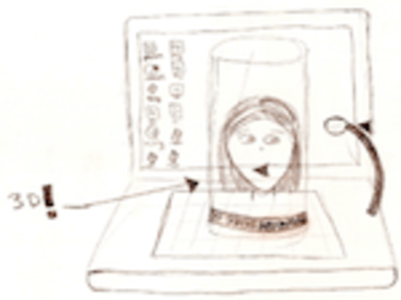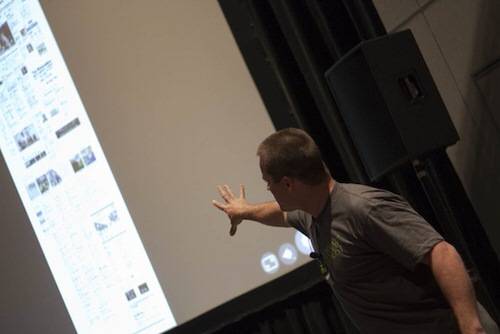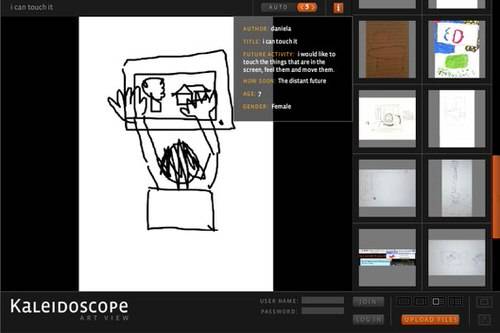“Advances in science and technology can launch from unassuming springboards,” says a recent article in Scientific American, chronicling how brilliant thinkers “reached back to childhood to help them develop tiny transistors, study particle separation, make microfluidics devices, and fight cancer.” More specifically, they reached for Etch A Sketch, Legos, Shrinky Dinks and balloons.

The modern era is intrigued by the possibility of finding answers in unexpected places. In fact, the allure of genius ex machina has gone so far as to revolutionize corporate innovation processes at large; they now accommodate – nay, solicit – user input.
Guest author Kim Gaskins is a writer for Latitude, an international research consultancy exploring how Web technologies can further enhance human experiences. Visit life-connected.com for other Latitude studies or to learn more about working with Latitude.

Dave Stanton of the Poynter Institute leads an SxSW session: “My Three-Year Old is my Usability Expert.”
Are you the parent of a child 12 years old or under? Click here to take a survey about how kids perceive the Web.
Recently, PayPal’s Developer Challenge crowdsourced ideas for better integrating payment into developers’ own applications. And last year, Netflix awarded $1 million to the team that improved its recommendation algorithm by more than 10%. (Over 50,000 contestants entered the challenge.)
With so much impetus behind technological advancements, some innovative minds — particularly in the areas of design and usability — are looking back to a kind of vintage simplicity in distilling the problem and solution principles underlying their creations.
Last month at SXSW, Dave Stanton, a cognitive researcher and Technology Fellow at The Poynter Institute, ran a session entitled “My Three-Year Old is my Usability Expert.”
In certain contexts, children’s natural limitations turn to strengths. “Children are terrific UI testers because they haven’t developed the language necessary to parse text instructions; they have to rely on visual cues,” explains Stanton. “Children can help us balance intuitive interfaces with the domain-specific attributes designers use to convey personality.”
My 3-year-old daughter is my usability expert
Young children adopt a fundamentally different approach to technology. We can see this at work in simple ways – in the toddler who, accustomed to her mother’s iPhone, instinctively approaches a laptop by swiping a finger across it. “We are moving toward more naturalistic interfaces utilizing feel, sound and sight for both user input and device feedback,” describes Stanton. “I’m excited to see the elegant modes of human-computer interaction we can uncover by studying how children leverage these mechanisms in problem-solving scenarios.”
In conjunction with ReadWriteWeb, Latitude Research is taking children’s unique approach to technology one step further. “This project is a step toward understanding how children can help us generate abstract solutions with potential real-world applications,” Stanton says.
As part of an open innovation study (whose lead analyst is Jessica Reinis), we’re asking kids, age 12 and under, to create ideas for future Web technologies (or, more likely, to demonstrate the underlying, creative-thinking principles which beget these types of innovations) by drawing the answer to a simple question: What would be really fun or interesting to do on your computer or the Internet that you can’t do right now?
“The difference between today’s children and yesterday’s was what technologies were available to them as they tried to make sense of the world around them,” said ethnographer and social media researcher danah boyd, when we asked her how pervasive digital culture might be affecting younger generations. “But youth accept whatever contemporary technology is available and try to see if it makes sense in their lives. Adults are the ones who have to shift their understanding of the world based on technology.” Naturally, we’re interested to see how Web solutions can be informed by more technologically “intuitive” sensibilities when child becomes creator.

Screenshot of the Latitude/RWW study: Kids’ Future Requests for Computers and the Internet.
To participate in the study, click here. Latitude’s open innovation privacy policy is available here.
Photo by cell911.





















